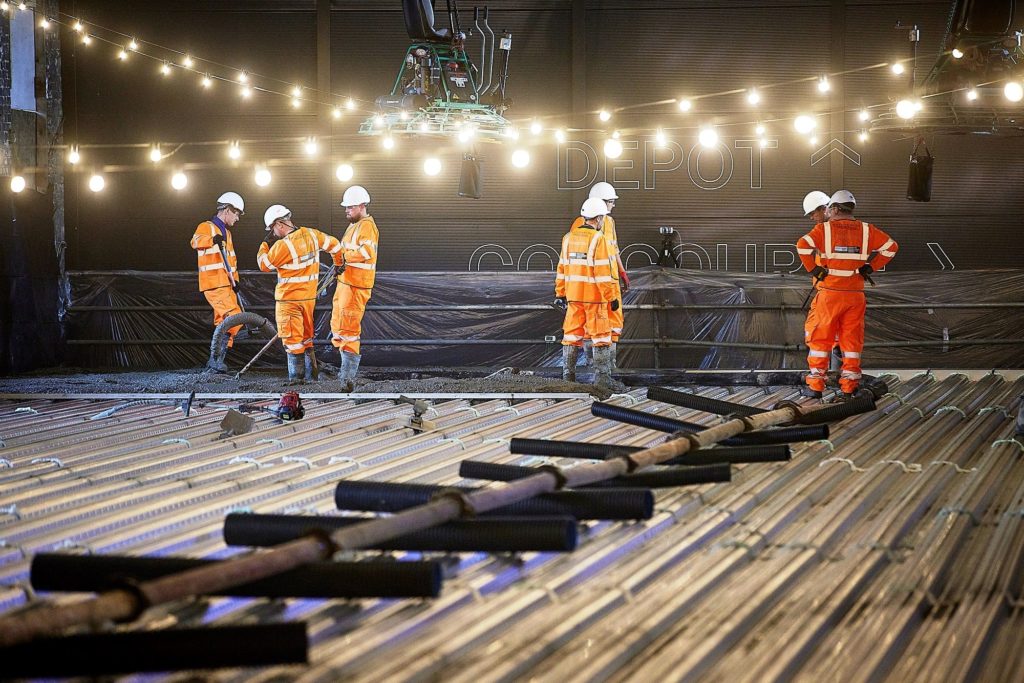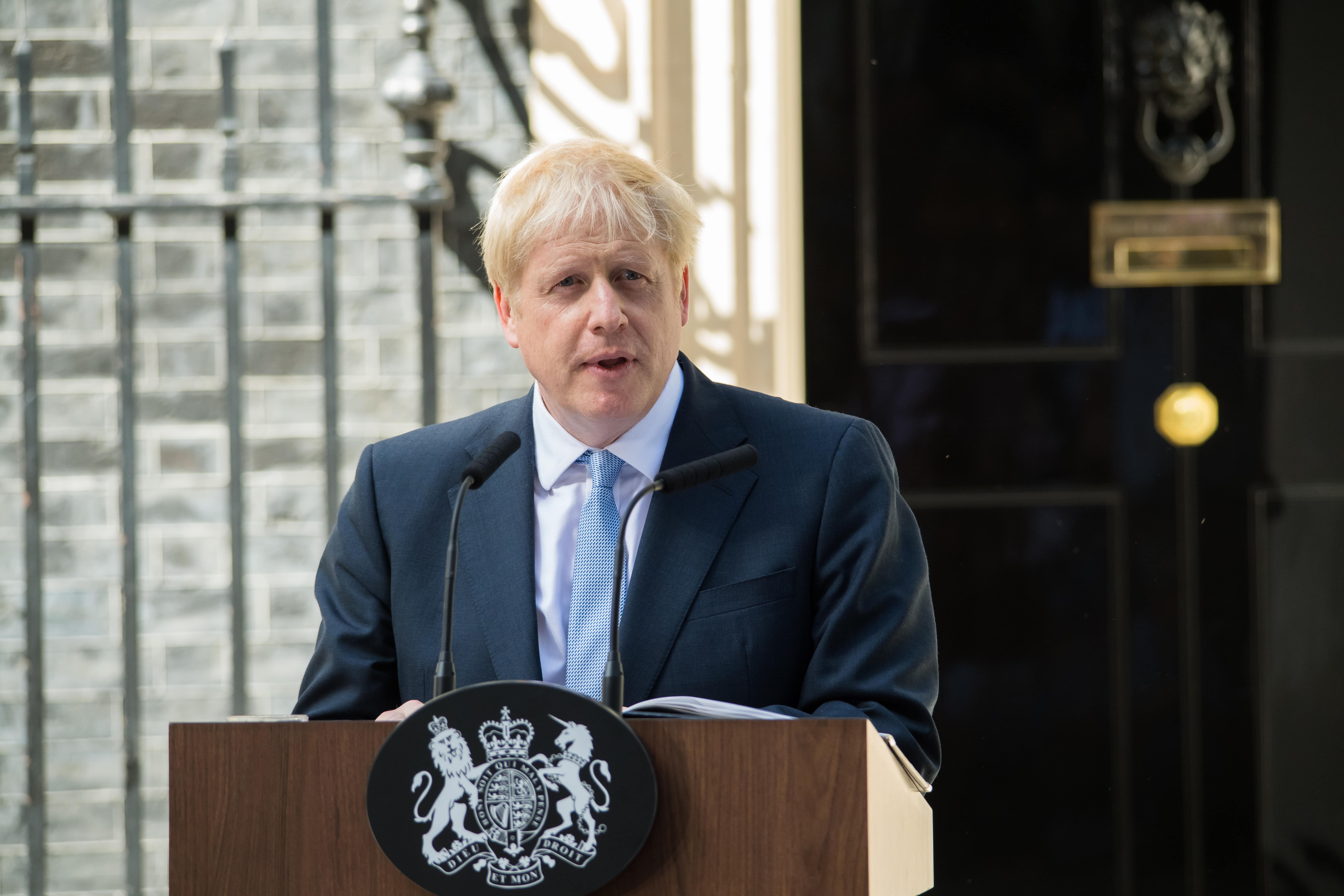Sectors - Civil
Sustainable Material Trialled at Manchester’s Mayfield

Manchester’s Mayfield regeneration made history last week when the location used a pioneering piece of structural engineering, a new low-emissions concrete which has the potential to transform the global construction sector.
Concretene uses graphene to significantly improve the mechanical performance of concrete, allowing for reductions in the amount of material used and the need for steel reinforcement. This can in turn reduce CO2 emissions by around 30% and can also drive down costs, meaning Concretene is both greener and cheaper for developers.
It will be used at Mayfield to create a new 54×14 metre mezzanine floor; this will become a roller disco at the hugely popular Escape the Freight Island attraction within Depot Mayfield.
This is the first time Concretene has been used commercially in a suspended slab, and also marks a huge step toward testing and developing it as a widely used building material, which allows it to be used as a substitute for concrete on an industrial scale.
This innovative material has been developed by the University of Manchester’s Graphene Engineering Innovation Centre (GEIC) and Nationwide Engineering.
Alex McDermott, co-founder of Nationwide Engineering, said: “Today is a huge milestone for the team, as not only is this our first commercial use of Concretene, but also the first suspended slab as used in high-rise developments.
“As world leaders in Graphene Enhanced Concrete technology, the interest from the international building industry has been beyond expectations, as looming legislation is forcing significant carbon reductions throughout construction.”
Nationwide Engineering co-founder Rob Hibberd added: “Our partnership with the University has fast-tracked the development of Concretene, going from lab to product in 18 months.”
Concretene has huge potential to address the construction industry’s need to lower emissions, by reducing the amount of concrete required in construction projects by as much as 30%. It also offers efficiency savings by slashing drying time from 28 days to just 12 hours.
James Baker, CEO of Graphene@Manchester at Manchester University, commented: “We’re delighted to play a part in this exciting project at Mayfield, showcasing how our research can translate into real-world outcomes for sustainability that can be adopted by business and make a major contribution to the city region’s ambitions for net zero by 2038.
“This Manchester-based technology can also contribute to levelling up by positioning our region as a global R&D centre for sustainable materials for the construction industry – attracting investment, creating new businesses and offering high-wage jobs.”
Production of cement for concrete is one of the leading causes of global CO2 emissions, producing around 8% of total global emissions.
Amid ever-increasing global industrialisation, concrete is the most widely used substance on Earth after water. Its environmental impact is high, however; for every 1 tonne of cement, 1.25 tonnes of CO2 is produced. In context, global CO2 from cement production fills a space the size of London’s O2 Arena every 23 seconds.
If you would like to read more stories like this, then please click here
Related Articles
Related Articles
- Construction Reforms Must Be Accelerated
5 Nov 21
Government and industry must work together to spur an improvement in construction buying habits if
- Sky is the Limit for Createmaster
3 Nov 21
Createmaster has won the contract to provide all handover information for Sky Studios Elstree, in
- On-Site Sustainability & Innovation Hub Revealed
2 Nov 21
Following on from the launch of the on-site Training Centre at Mercia Park, Winvic Construction





